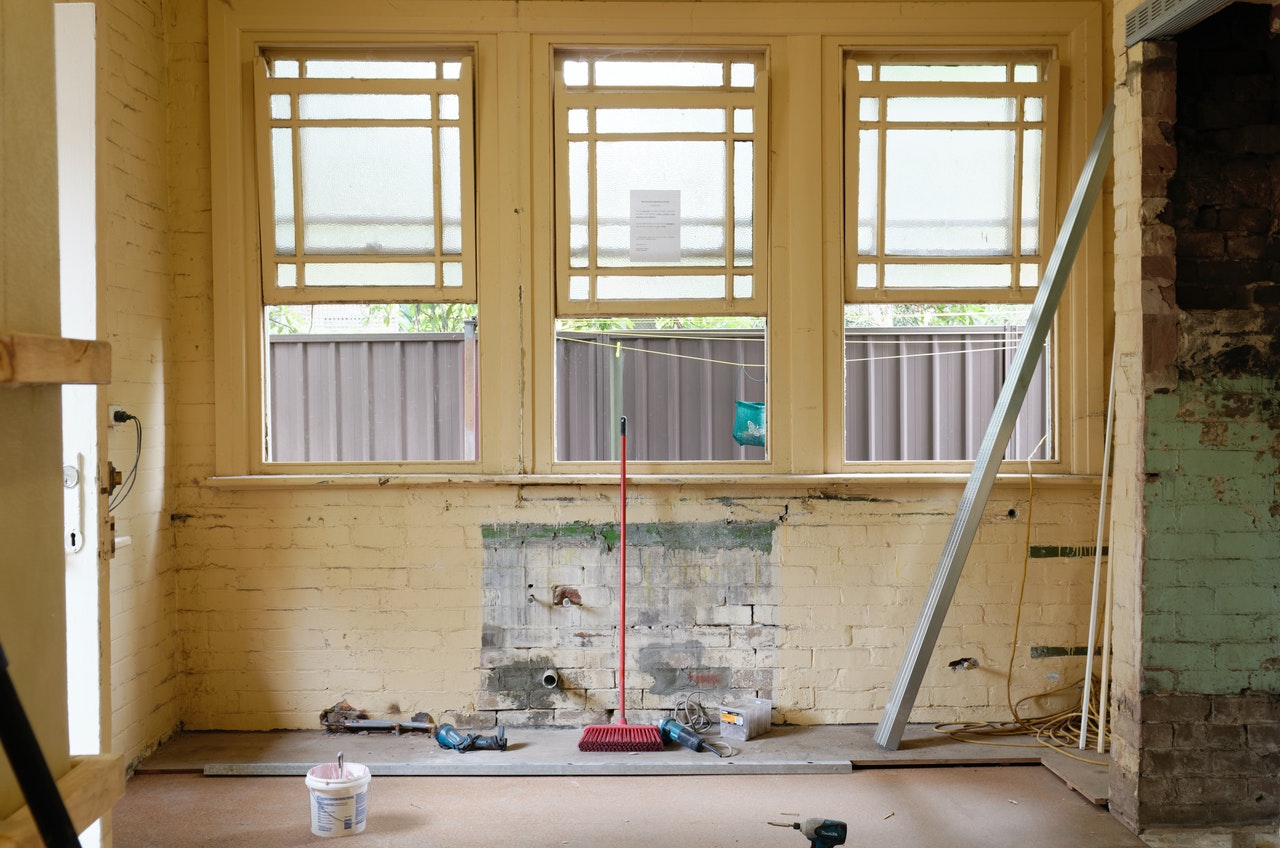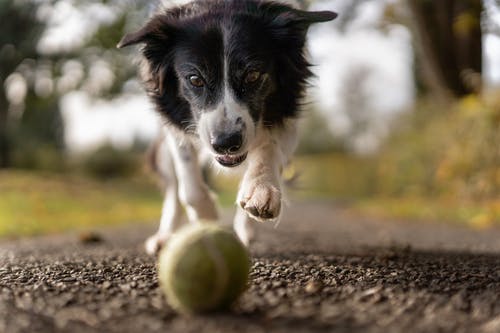In-house veterinary laboratories are crucial parts of every veterinary clinic, providing vital data for the diagnosis and treatment of our beloved pets. These laboratories are equipped with several state-of-the-art machines and tools designed to carry out many procedures ranging from microbiological testing to anesthesia monitoring. Let’s explore the fascinating world of in-house vet labs and the common procedures.
Common Equipment Utilized in In-H2ouse Vet Laboratories
An in-house lab is pretty much like a science laboratory, boasting a range of complex but highly efficient tools. Interestingly, each piece of equipment serves a specific function. These include:
- Microscopes are used mainly for microscopic examinations.
- Centrifuges assist in separating substances of varying densities.
- Autoclaves are used for sterilizing various types of equipment.
- Blood analyzers help perform complete blood counts and blood chemistry tests.
- Urinalysis machines are used for urine screening.
Different Types of Procedures Performed in In-House Vet Labs
Let’s venture into the different procedures commonly performed in these laboratories.
Pet Vaccinations & Parasite Prevention
One of the most crucial procedures in veterinary clinics includes pet vaccinations and parasite prevention. When a vaccine is administered, it stimulates the pet’s immune system to produce antibodies against diseases, much like human vaccinations. Parasite prevention is also essential in protecting pets from harmful parasites. Regular checks and preventative measures, such as maintaining pet hygiene and using parasite repellents, are all a part of this area. All these procedures ensure pets maintain optimal health, a task simplified with this link between the pet owner and the vet.
Microbiological Testing
Microbiological testing is another important procedure focusing on detecting harmful microorganisms on or within your pet that might be causing infections. These tests provide insight into the type of organism, aiding vets to prescribe the most effective treatment.
Veterinary Laboratory
Of course, the veterinary laboratory is the heart of all these procedures. Here, tests like clinical pathology and parasitology are performed. But aside from these, radiology also plays a vital role in veterinary medicine. That’s right, veterinary radiology can help diagnose animal health issues that might not be evident with a physical examination alone.
Serology
Serology involves the study of serum, which is blood without cells or clotting factors. Through serology, vets can identify issues like viral and bacterial infections or autoimmune diseases in pets, helping determine the right treatment response.
Advanced Procedures Carried Out in In-House Vet Labs
Cat & Dog Routine Exams
Routine examinations are primary veterinary procedures for pets to ensure their health. In the case of dogs, a comprehensive dog check up typically includes a physical examination, dental check-up, weight check, and screenings for internal and external parasites. Similar practices are also carried out for cats to ensure their well-being.
PCR Testing
Polymerase chain reaction (PCR) testing is a more advanced procedure in in-house vet labs. This method is used to amplify specific DNA sequences, helping diagnose diseases triggered by pathogens.
Anesthesia Monitoring
Pets are usually put under anesthesia during surgical procedures or other processes that might cause discomfort. Monitoring the anesthesia levels is crucial to ensure the pet’s safety and recovery.
The Role of Vet Techs in In-House Vet Labs
- Vet technicians, or vet techs, are extensively trained professionals performing various lab procedures.
- They play diverse roles, from collecting samples, analyzing test results, and assisting the vet during surgeries.
- Being a vet tech requires skill and passion, as the job can be physically and emotionally demanding.
Future Trends in In-House Vet Laboratories
- Refined Testing Methods: As the field of veterinary medicine becomes more advanced, so do the methods used for diagnosis and treatment. New, improved testing methods are constantly being developed based on recent research and findings. This can ultimately help companion animals receive a more accurate diagnosis and effective treatment.
- Artificial Intelligence: Artificial Intelligence (AI) is starting to make waves in the world of veterinary medicine. AI can implement actions without human intervention, specifically in diagnostic imaging interpretation. AI can potentially speed up diagnostic processes, help vets make quicker decisions, and reduce the room for human error.
- Machine Learning: Machine Learning can bring about even more change in in-house vet labs. Machine learning systems can analyze huge amounts of data from various sources, identify patterns, and make decisions with minimal human input. This can assist vets in diagnosing complex cases by providing additional analytical data and support.
- Advanced Imaging Techniques: Advanced imaging techniques such as magnetic resonance imaging (MRI) and computed tomography (CT) scans are expected to become more widespread in the veterinary field. These advanced tools can provide a more comprehensive view of an animal’s body, enabling vets to detect abnormalities more effectively.
- Telemedicine: Telemedicine is another trend to look out for in veterinary medicine. This innovation can allow vets to remotely diagnose and treat animals by utilizing digital technology, thereby increasing accessibility to pet healthcare, particularly in remote areas.
- Precision Medicine: Precision medicine is a revolutionary approach considering individual variability in each pet’s genes, environment, and lifestyle. With the help of advanced diagnostics and genome mapping, precision medicine could allow vets to customize health care, with medical decisions, treatments, practices, or products being tailored to the individual pet.
Conclusion
The importance of an in-house veterinary lab in a vet clinic can’t be overstated. There, crucial health data about our pets are collected and analyzed, providing clear insights into their overall health status and assisting veterinarians in making the most informed decisions for their treatment. Truly, these labs are a cornerstone in maintaining the health and happiness of the myriad pets that bring so much joy to our lives.



